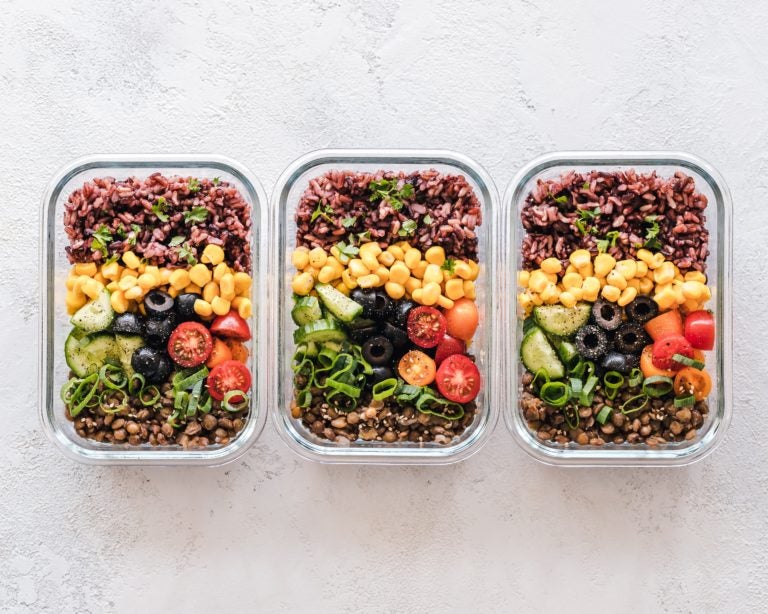Many people believe healthy eating is expensive, but learning how to eat healthy on a tight budget proves otherwise. You don’t need fancy superfoods or organic-only items to nourish your body well. With smart planning, budget meal prepping, and choosing affordable whole foods, you can stay healthy and save money. The key lies in consistency and creativity—not in spending more. Whether you shop weekly or monthly, understanding the basics of low-cost nutrition, seasonal eating, and bulk buying allows you to build better meals without breaking the bank.

Plan Your Meals Before You Shop
Planning saves both money and health. Create a weekly meal plan using simple, healthy recipes with minimal ingredients. Use pantry staples like brown rice, beans, and frozen vegetables as your foundation. Avoid last-minute shopping—impulse buys eat your budget fast. A solid plan prevents waste and helps you buy only what you need. Make a grocery list and stick to it. Group meals with overlapping ingredients, like using spinach in both salads and omelets. Smart planning turns every dollar into a nutrient. Remember: a good plan is your cheapest tool for eating well.
Buy in Bulk, Store Smartly
Bulk buying reduces cost per serving. Stock up on whole grains, lentils, oats, and nuts when they’re on sale. Use airtight containers to keep foods fresh longer. Buying bulk items like flour, rice, and dried beans stretches your budget and gives you meal flexibility. You also avoid the markup on single-serve packages. Keep your pantry organized so you know what you have. Buying big doesn’t mean wasting—it means preparing smart.

Focus on Budget-Friendly Superfoods
Superfoods don’t need a super price. Include affordable stars like eggs, carrots, bananas, cabbage, and sweet potatoes. These foods are rich in vitamins, fiber, and antioxidants. They support digestion, immunity, and energy without draining your wallet. You don’t need goji berries when a handful of oats gives you more nutrition per cent. Shop local and seasonal for better prices and fresher produce. Your plate can be colorful, balanced, and budget-conscious.
Cook at Home More Often
Eating out often drains both your health and your wallet. Cooking at home helps you control ingredients, portions, and costs. Make one-pot meals, stir-fries, and soups using leftovers and staples. Try meal prepping on Sundays to stay ahead during the week. Cooking doesn’t need to be fancy—just functional. Home-cooked meals contain less salt, sugar, and oil, which boosts your well-being while saving serious cash.
Embrace Meatless Meals
Going meatless a few days a week saves money and improves health. Use plant-based proteins like lentils, chickpeas, tofu, and quinoa. These are nutrient-dense, protein-rich, and far cheaper than animal products. Try meatless Mondays or swap half the meat with beans in recipes like chili. You’ll lower your grocery bill and reduce saturated fat while still enjoying filling meals. Plants stretch further on a budget and nourish more than you think.

Freeze Leftovers and Waste Less
Freezing extends the life of your food and prevents waste. Store extra portions of soups, stews, and cooked grains in labeled containers. Freeze overripe bananas for smoothies or vegetable scraps for broth. Use leftovers creatively—yesterday’s rice becomes today’s stir-fry. Wasting less means spending less, and freezing gives you fast, healthy options anytime.
Final Thoughts
Knowing how to eat healthy on a tight budget is a lifelong skill. Use planning, bulk buying, and simple cooking to eat well for less. Health doesn’t depend on money—it depends on choices. Spend wisely, eat mindfully, and thrive affordably.
